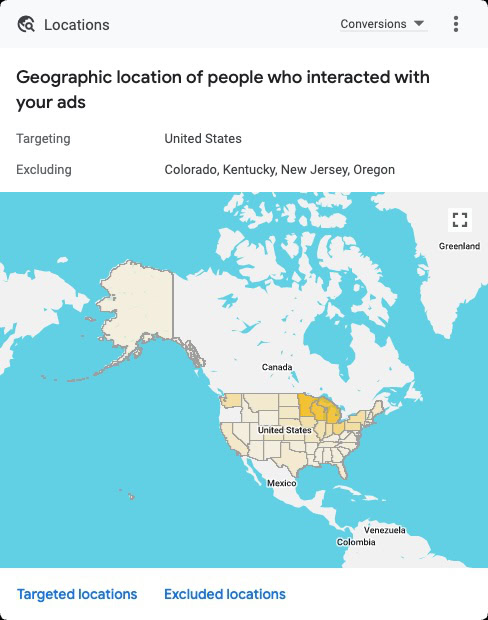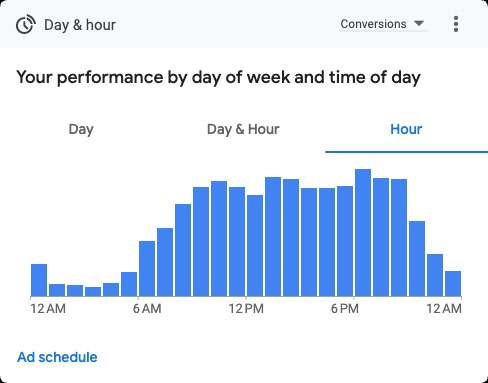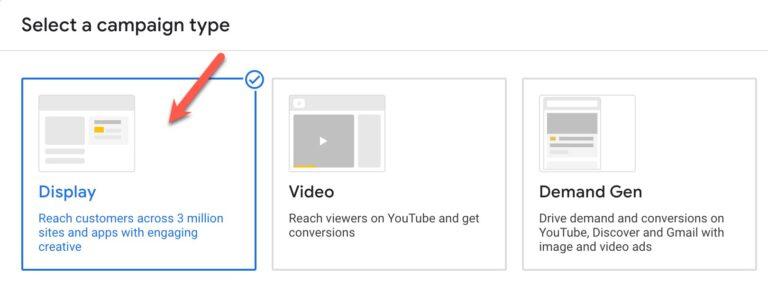

Last updated on

Numerous advertisers face constraints when it comes to their pay-per-click (PPC) advertising budget, presenting a hurdle in achieving optimal results.
A crucial question that frequently arises is, “What should our expenditure be?” This inquiry serves as a cornerstone for shaping the entire PPC strategy.
Continue reading for insights on initiating or refining your PPC budget to ensure the utmost efficiency for every dollar invested.
When dealing with a smaller budget, it’s essential to align expectations with the scale and breadth of your account to maintain focus.
A frequently asked question is: What should our company’s PPC spending be?
To begin, it’s crucial to strike a balance between your company’s PPC budget and the cost, volume, and competitiveness of keyword searches within your industry.
Additionally, implementing a diverse PPC strategy with display and video formats can enhance consumer engagement.
Start by determining your daily budget. For instance, if the monthly budget is $2,000, set the daily budget at $66 for the entire account.
The daily budget will dictate the number of campaigns you can concurrently run in the account since the $66 will be divided among all campaigns.
Keep in mind that Google Ads and Microsoft Ads may occasionally exceed the daily budget to optimize results. However, the total monthly expenditure should not surpass the Daily Budget x Number of Days in the Month.
With the daily budget established, the focus can now shift to prioritizing your objectives.
Advertisers often juggle multiple objectives within an account. A constrained budget naturally limits the number of campaigns – and goals – that can be prioritized.
Some typical goals include:
In the following example, an advertiser leverages a modest budget to promote a scholarship program. They employ a combination of lead generation (through a search campaign) and brand awareness (via a display campaign), dividing a daily budget of $82 between the two.

The forthcoming features can assist you in finely tuning campaigns, enabling you to allocate your budget where it’s most needed.
It’s important to note that these settings may restrict traffic to the campaign. If you find that you’re not receiving adequate traffic, consider loosening or expanding the settings accordingly.
Location targeting plays a crucial role in reaching the right audience and effectively managing a limited ad budget.
To optimize a constrained budget, it’s prudent to concentrate on key target locations where your customer base resides.
While this may seem straightforward, it’s essential to refine your approach to direct the limited budget towards core locations. For instance:

Ad scheduling can be a boon for budget management, allowing ads to run selectively on specific days and during certain hours. For tighter budgets, it’s wise to restrict ad display to operational hours, possibly extending slightly to cater to different time zones or potential customers conducting research outside typical business hours.
For online retailers, the virtual storefront is always open. However, it’s essential to analyze hourly performance data over time to pinpoint periods with subpar return on investment (ROI). In such cases, consider scaling back PPC ad campaigns during those ineffective hours to optimize spending.

Crafting a meticulously curated negative keyword list serves as a strategic tool for budget management in advertising.
Its primary objective is to shield your ad from appearing in searches and on websites that aren’t aligned with your business goals.
To proactively generate negative keywords, brainstorm potential keyword concepts that could inaccurately trigger your ads.
Review query reports to identify irrelevant searches that have already resulted in clicks.
Organize these findings into lists and apply them to your campaigns.
Regularly revisit and update these lists since advertising trends constantly evolve!
Smart Bidding stands as a pivotal advancement for streamlining ad campaigns efficiently. Empowered by Google AI, it autonomously fine-tunes bids to precisely target audiences while adhering to budget constraints.
This AI-driven mechanism optimizes bids for each auction, aiming to bolster conversions while respecting budget limitations.
Several smart bidding strategies are at your disposal:

Employing a display campaign can effectively broaden your brand’s visibility and enhance awareness among a broader audience at a reasonable cost.
Audience targeting encompasses various facets, requiring a thoughtful assessment of options within your budget, such as topics, placements, demographics, and beyond.
Incorporating remarketing into your display campaigns is a savvy tactic to reconnect with website visitors, leveraging their past interactions to reignite their interest.
Harness the insights gleaned from ad performance reports, which delve into placements, audiences, and other metrics, to fine-tune your optimizations and align them with your business objectives.

Both Google Ads and Microsoft Ads offer Performance Max (PMax) campaigns, which leverage automation to optimize conversion outcomes by deploying ads across various channels and employing automated ad formats.
PMax campaigns present a valuable option for budget-conscious advertisers as they utilize AI to streamline asset creation, channel selection, and audience targeting within a single campaign, eliminating the need to allocate budgets across multiple campaign types.
However, the efficacy of PMax campaigns hinges on the availability and reliability of conversion data. Therefore, ensuring access to accurate conversion data is imperative for maximizing the effectiveness of these campaigns.
Researching keywords is crucial for competing effectively, especially on a smaller budget when some keywords command high cost-per-click (CPC) rates in competitive markets.
Utilize various resources like your analytics account to uncover organic searches driving traffic to your website, leverage Google autocomplete, and employ tools like Google Keyword Planner within your Google Ads account to compare keywords and obtain estimates.
For instance, a keyword like “business accounting software” may carry a lower CPC but also attract less volume compared to more competitive keywords.
To determine the best strategy, consider testing both types of keywords in live campaign scenarios to assess their performance accurately.

High-volume and competitive keywords can indeed strain your budget significantly.
In conjunction with the previous tip, for such keywords, it’s prudent to consider restructuring them into their own dedicated campaign. This allows for closer monitoring and potentially setting more stringent targeting and budget controls.
Experimenting with match types and implementing other optimization strategies outlined in this article can help mitigate costs associated with these keywords.
Furthermore, explore the possibility of crafting more relevant ad copy tailored specifically to these expensive keywords. Enhancing ad quality can improve relevance and potentially reduce costs while maintaining or even improving performance.
Effectively managing a PPC account with a limited budget extends beyond monetary constraints.
Maximizing the impact of your small PPC budgets requires strategic campaign management, informed by data-driven decisions, and sustained optimizations.
In the dynamic realm of paid search advertising, each click holds significance. With the right approach, every click has the potential to yield substantial and meaningful results.
Original news from SearchEngineJournal